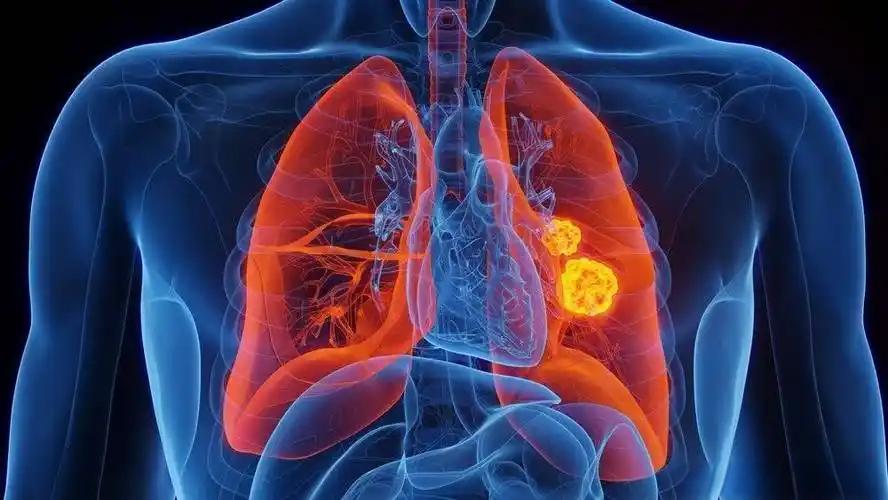Janssen-Cilag International NV, a subsidiary of the US pharmaceutical giant Johnson & Johnson (J&J; NYSE: JNJ), has announced that it has received positive opinions from the Committee for Orphan Medicinal Products (COMP) of the European Medicines Agency (EMA) regarding the combination of Lazcluze (lazertinib) and Rybrevant (amivantamab-vmjw). This combination therapy is recommended for the first-line treatment of adult patients with advanced non-small cell lung cancer (NSCLC) harboring epidermal growth factor receptor (EGFR) exon 19 deletions (ex19del) or exon 21 L858R (L858R) substitution mutations.
Therapeutic Potential of Amivantamab and Lazertinib
Amivantamab is a fully-human EGFR-MET bispecific antibody that targets tumors with activating and resistance EGFR mutations and MET mutations and amplifications, while also leveraging the immune system. It was first approved in the US in May 2021 for the treatment of NSCLC with EGFR gene exon 20 insertion mutations. In China, it was awarded breakthrough therapy designation (BTD) in September 2020 for the treatment of metastatic or surgically unresectable NSCLC patients with EGFR20 exon insertion mutations. A first market filing in China was made in October 2023, followed by a second in December 2023, presumably for use in combination with chemotherapy in EGFR mutant NSCLC patients with disease progression during or after third-generation TKIs treatment.
Lazertinib’s Role and Development
Lazertinib, a third-generation EGFR tyrosine kinase inhibitor (TKI), was developed by Yuhan, a South Korean pharmaceutical company that granted ex-South Korea rights to J&J in 2018. It was approved in South Korea in January 2021 for the treatment of EGFR T790M mutant locally advanced or metastatic NSCLC patients who have previously received EGFR-TKI therapy. The combination of lazertinib and amivantamab received its first approval in the United States in August this year for the first-line treatment of locally advanced or metastatic NSCLC with EGFR exon 19 deletions or exon 21 L858R substitution mutations.-Fineline Info & Tech
